WooCommerce vs Magento – Features
No matter which e-commerce you go for, you will need to be able to upload an unlimited amount of products and have a shopping cart facility. These basic features are offered with WooCommerce and Magento. But the question is, does one platform offer much more features that will allow you to customise your online store to the level of detail that you require?
WooCommerce Features
WooCommerce will sound familiar to almost any WordPress user and it was acquired by a company that owns WordPress as well. WooCommerce is the most popular e-commerce platform that powers around one-third of all online stores in the world. It comes with almost every feature that you’ll need to run an online store, but you can always extend its capabilities with plugins.
WooCommerce can serve online stores of any size very well because, at this point, it is a very mature and stable platform. If you already have a WordPress website, you can add the e-commerce functionality to your website just by installing the WooCommerce plugin, and even if you never worked with WordPress before, learning how to use WooCommerce will be very simple.
WooCommerce has a no-nonsense approach to everything and it is very easy to add and manage products, orders, reports, etc. You can always expand your store functionality by using plugins and extensions.
Magento Features
Magento brings a great set of features out of the box. You can compare your products, use up-sells and cross-sells, generate discount codes, and much more. If you’re running more than one Magento store, you can even view all of them on the same account. You can upload an unlimited amount of products and it has an efficient API that you can use with third-party solutions. Magento can be scaled and can handle large stores as long as your hosting can keep up. It also integrated with Braintree, PayPal, and Authorize.net by default.
Both WooCommerce and Magento will allow you to install several advanced security measures through extensions and manual tweaks. Magento’s security patches aren’t that easy to apply and any newbie user will feel out of their depth if he tries to do it by himself.
Without the need to purchase additional extensions, Magento supports wish lists, product personalisation, product reviews, advanced pricing rules, etc. Included features are great, but there’s steep learning curve.
Winner: It’s a tie
If we simply look at the features that both platforms bring, then they both would be a good choice. Both WooCommerce and Magento come with a plethora of features included and you can always expand your store’s features later using extensions and plugins.
Regardless of whether you want social media functionality, database identifiers, credit card functionality or PayPal functionality, both WooCommerce and Magneto offer the potential to integrate other developer’s work to achieve a desired effect. There is no clear winner in this metric, so continue reading to get a glimpse of the overall picture.


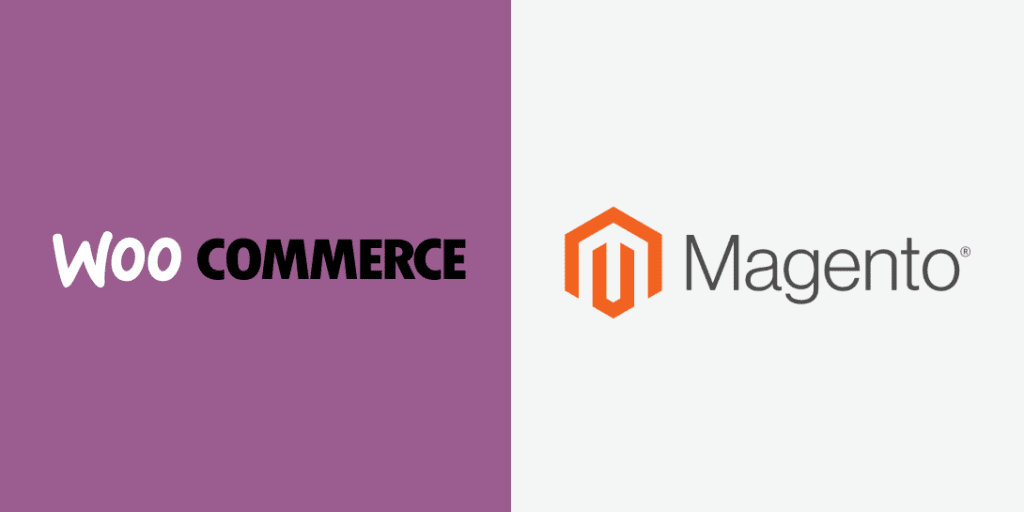



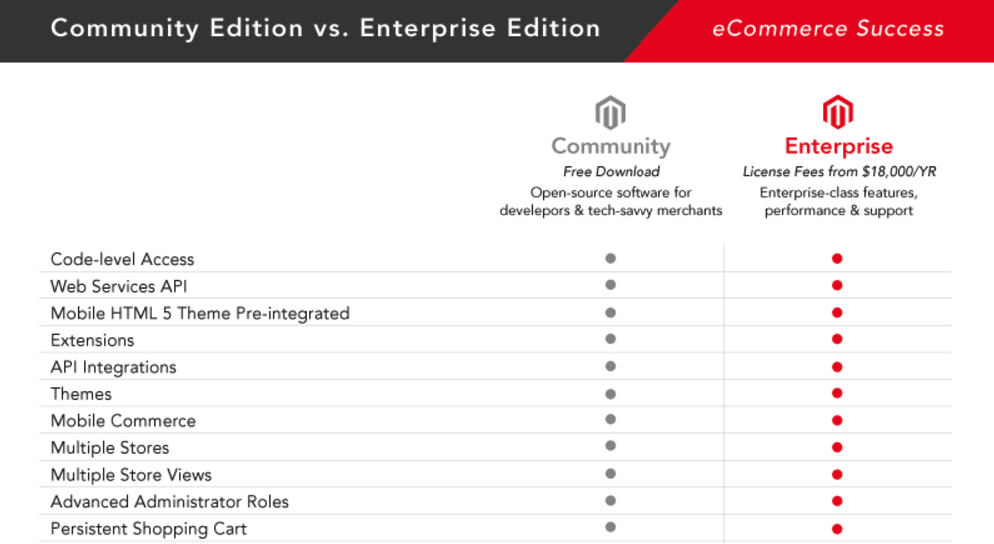


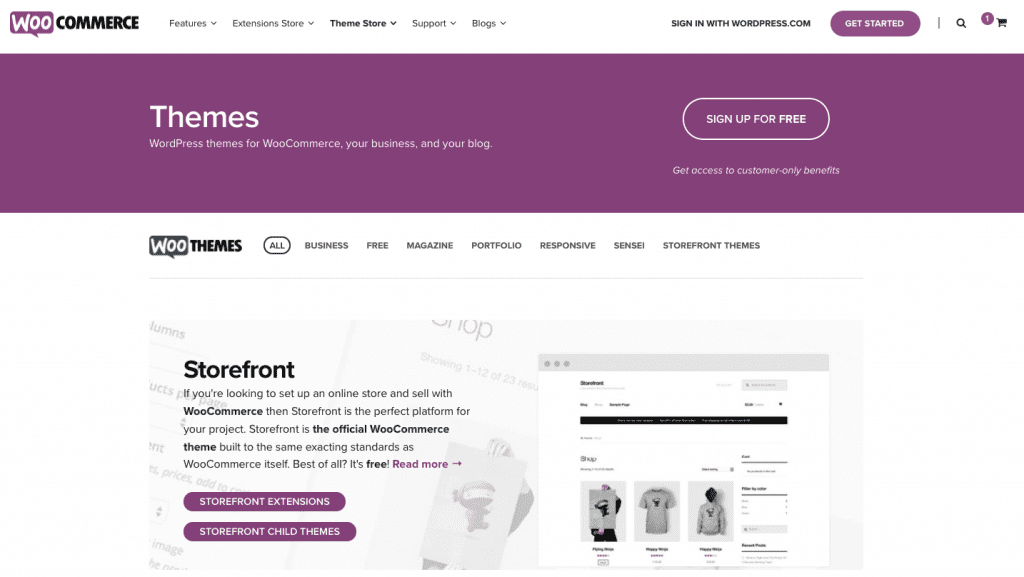
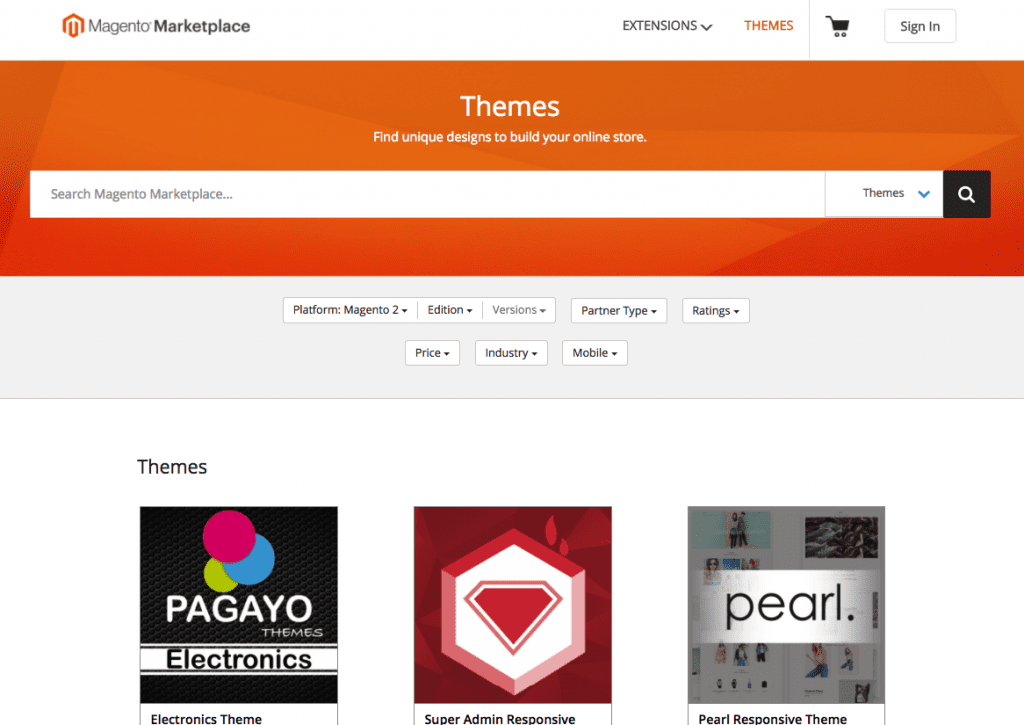

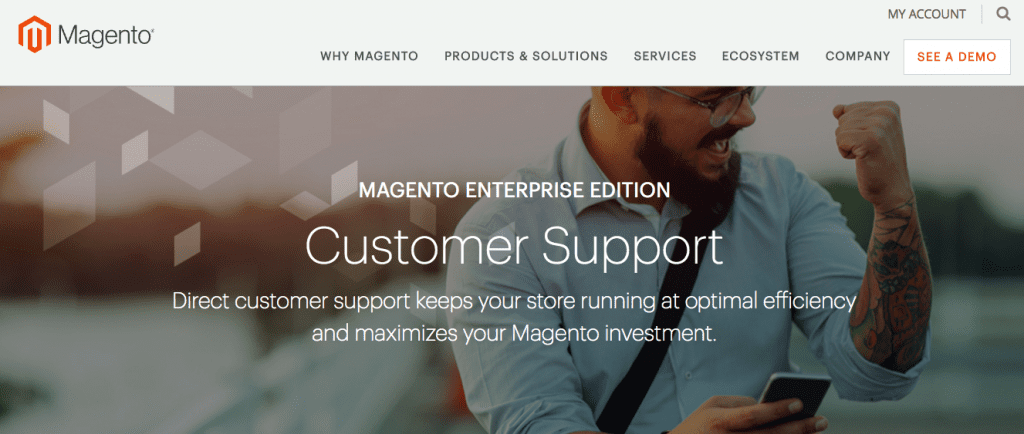
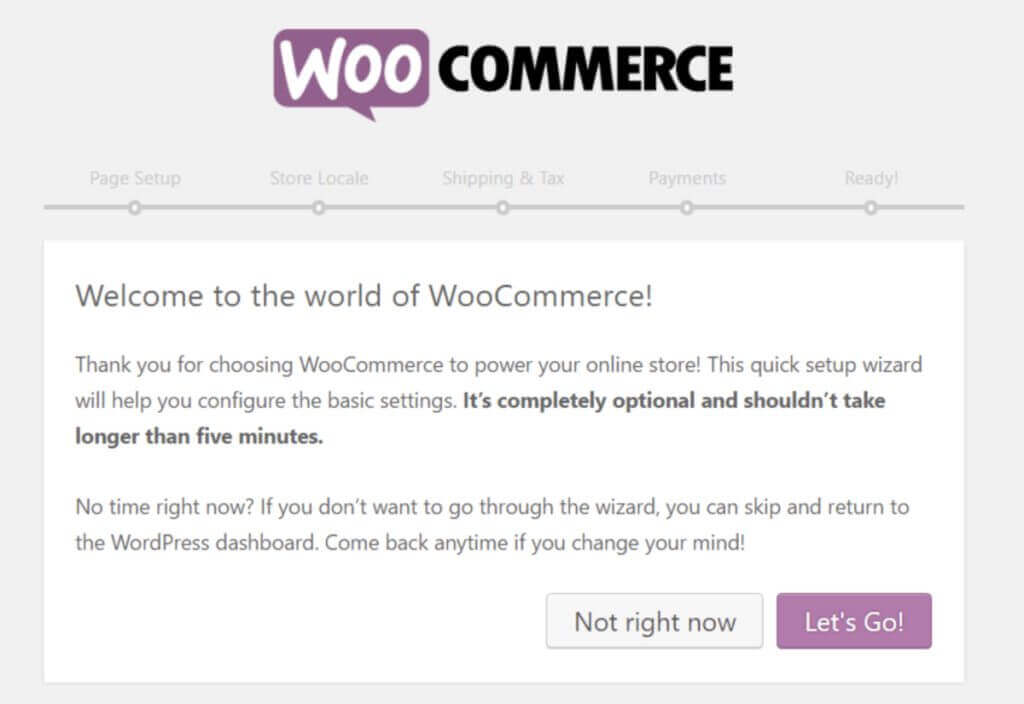
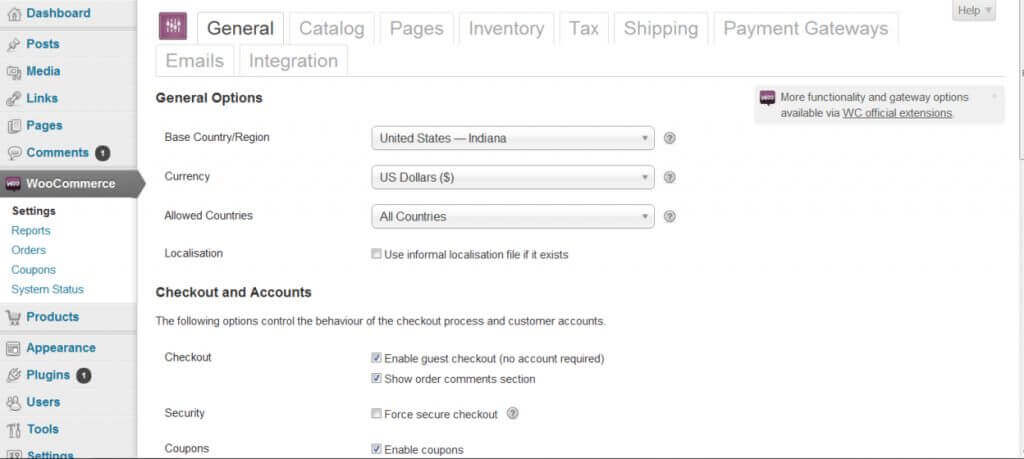
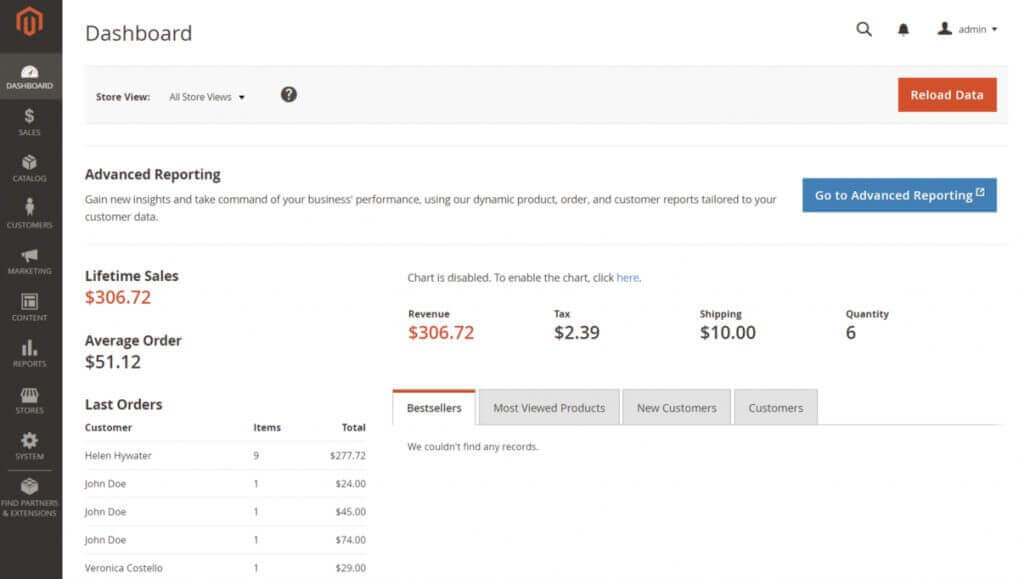



One Response to WooCommerce vs Magento – Which One Wins? [2021]